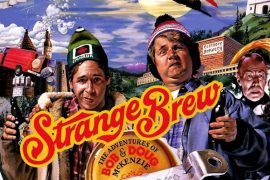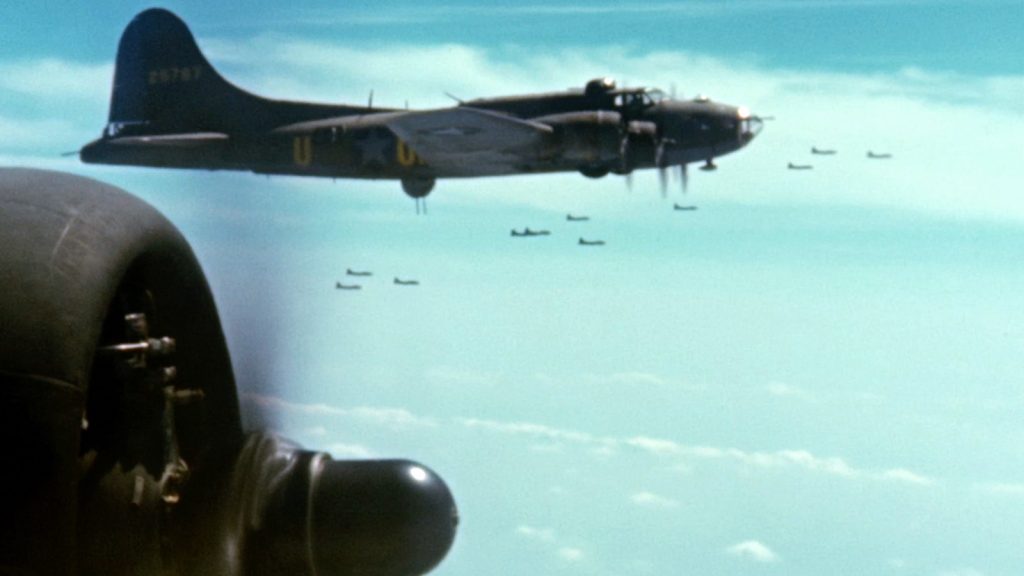
Over this Memorial Day weekend in the United States, TCM has been running a marathon of war-themed movies. There have been many obvious choices, including “The Bridge on the River Kwai” (1957) and “Sergeant York” (1941), scheduled for tonight, Monday, into early Tuesday morning.
Kudos to my favourite cable network, however, for programming some spectacular but lesser-known documentaries this previous Sunday night. Yes, I wish I had posted this a few days ago too.
All were directed by William Wyler, who was one of five famous American film directors (Frank Capra, John Ford, John Huston and George Stevens were the others) who served in special forces in the US military during the Second World War. They captured incredible footage of combat soldiers in action, much of it used to help lift morale and raise funds through war bond drives at home.
If you missed these films Sunday as I almost did, seek them out at TCM’s on-line digital platform where, in America at least, they are currently streaming on demand. The are also available to U.S. MAX subscribers.
“The Memphis Belle: A Story of a Flying Fortress” (1944).
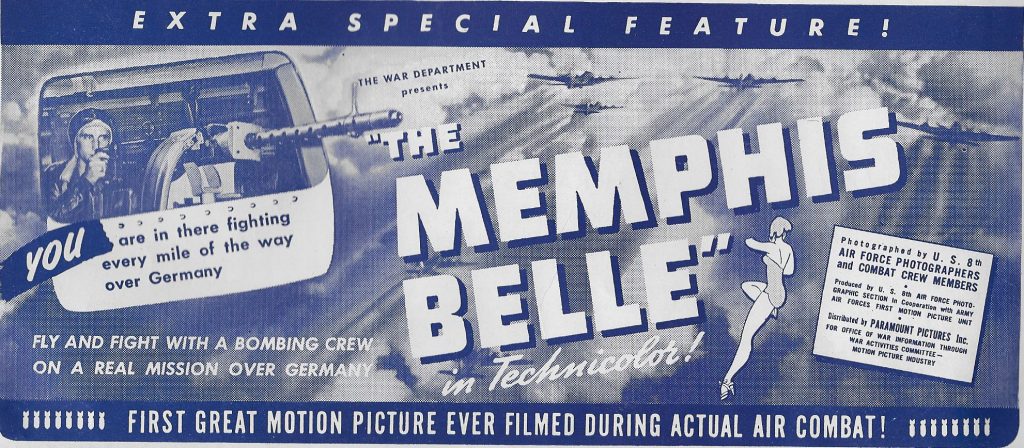
Wyler, a German-born Jew who rose to the rank of Major in the Second World War, puts the viewer right inside this B-17 bomber, which completed 25 missions in Europe. It was the first combat plane to return to America from the war under its own power. Americans flew these planes in formation in incredibly risky, broad daylight missions across the English Channel and behind enemy lines They were called the “Flying Fortress” because they were built to withstand flak (timed air bombs filled with explosive schrapnel). As the film shows, however, B-17 were shot down, and chunks of wings and rudders did get shot off many that managed to return to air fields. While they were in bomb-dropping mode, these planes were pretty much sitting ducks for enemy fighter jets. The airmen manning machine guns in the glass bubbles and other sniper nests on the B-17 were incredibly vulnerable.
advertisement
Wyler himself operated one of several 16mm cameras, which were all encased in a heated box to keep operating in freezing temperatures. These planes were not pressurized, and everything froze at a certain altitude. The cameramen were not so lucky; one lost fingers due to frostbite. Another, a veteran Hollywood sound man who also manned a camera, was part of crew that did not make it back alive. Over 16,000 feet of film was exposed over 13 flights, including the 25th mission documented here. Wyler was on that flight.
“The Cold Blue” (2018).
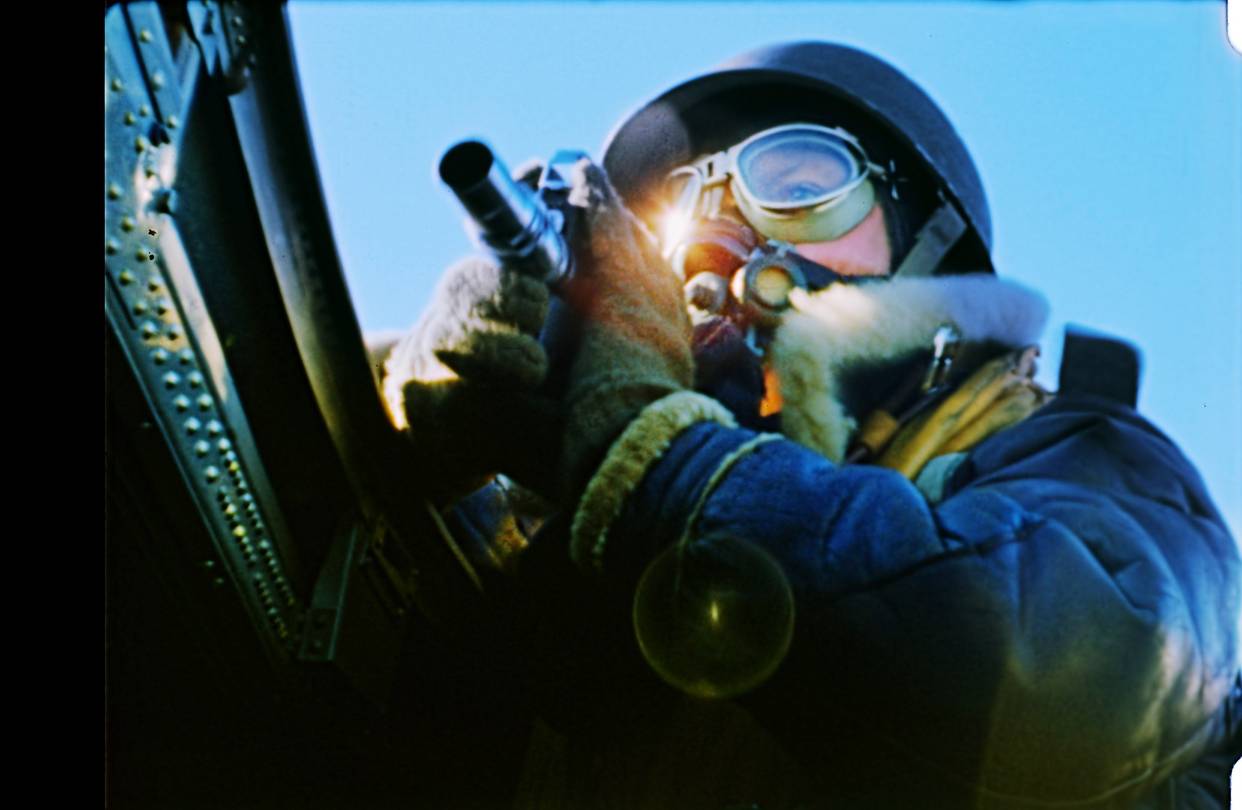
This remarkable documentary about a documentary was made by filmmaker Erik Nelson. He learned that many hours of Wyler’s total footage from shooting “The Memphis Belle: A Story of a Flying Fortress” still existed and had been stored for decades in the U.S. National Archives. Much as footage from The Beatles’ “Let it Be” was digitally restored and re-emerged as “Get Back,” “The Cold Blue” went through a frame-by-frame restoration. The resulting colour images are nothing short of spectacular. The 72-minute film premered on HBO in 2018. All of it is in colour and, as The National Review asserted, it offers a look at a “level of everyday heroism” that “almost surpasses our capacity to absorb it.”
Nelson added sound to what had originally been silent footage, going so far as to track down the few existing B-17s still in flying condition and recording their unique hum and whir. He also managed to locate a few surviving veterans of the 8th Air Force, all in their nineties when this documentary was made. Each share very poignant memories of surviving what were, essentially, missions deep above enemy skies where the odds of survival were only about 50-50.
“The Cold Blue: The Making of a War Documentary” (2018).
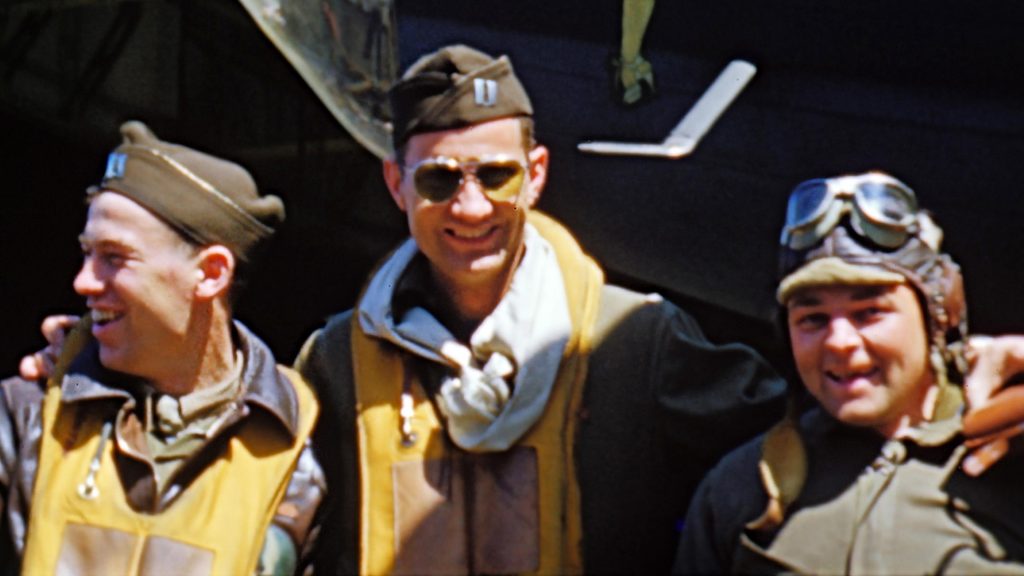
This short film basically is a documentary about a documentary about a documentary.
“The Best Years of Our Lives” (1946).
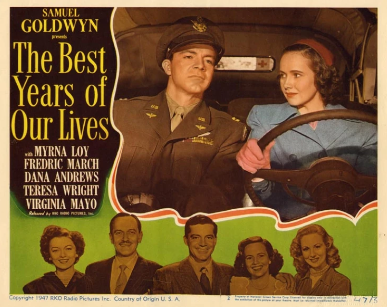
Wyler returned fron the front and threw himself right into directing what many consider the greatest post-combat film every made. It won nine Oscars, including the Best Picture honours at the 1947 Academy Awards.






